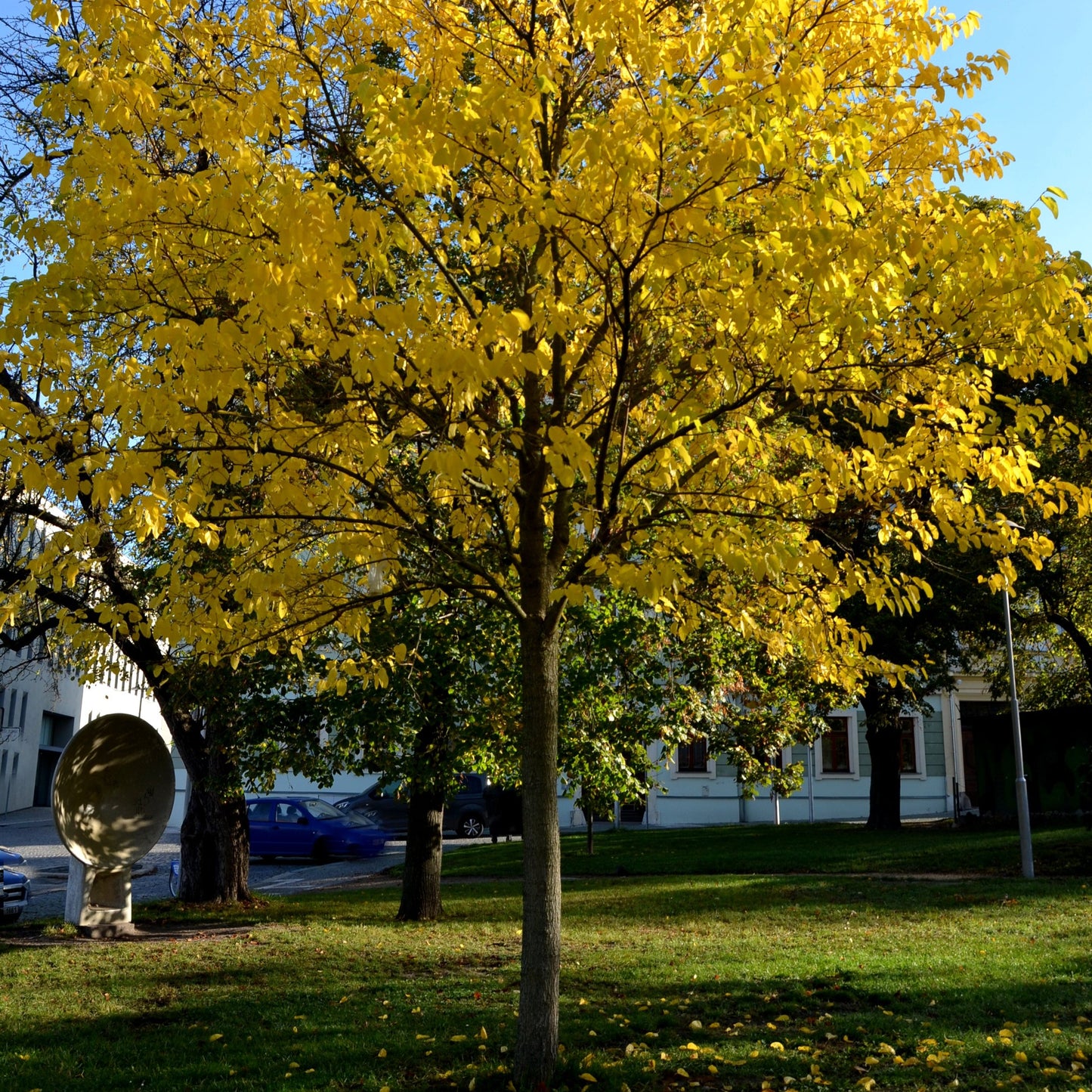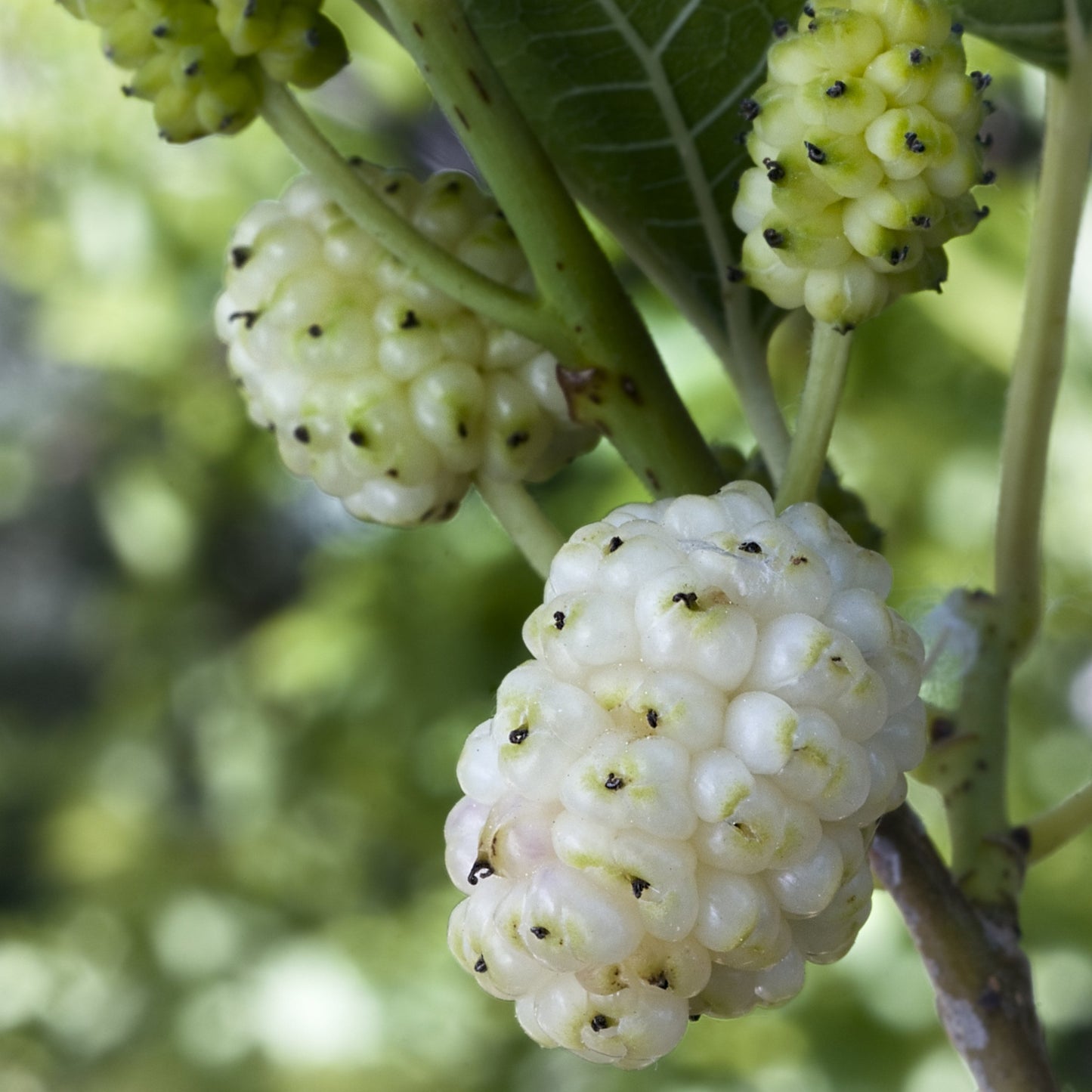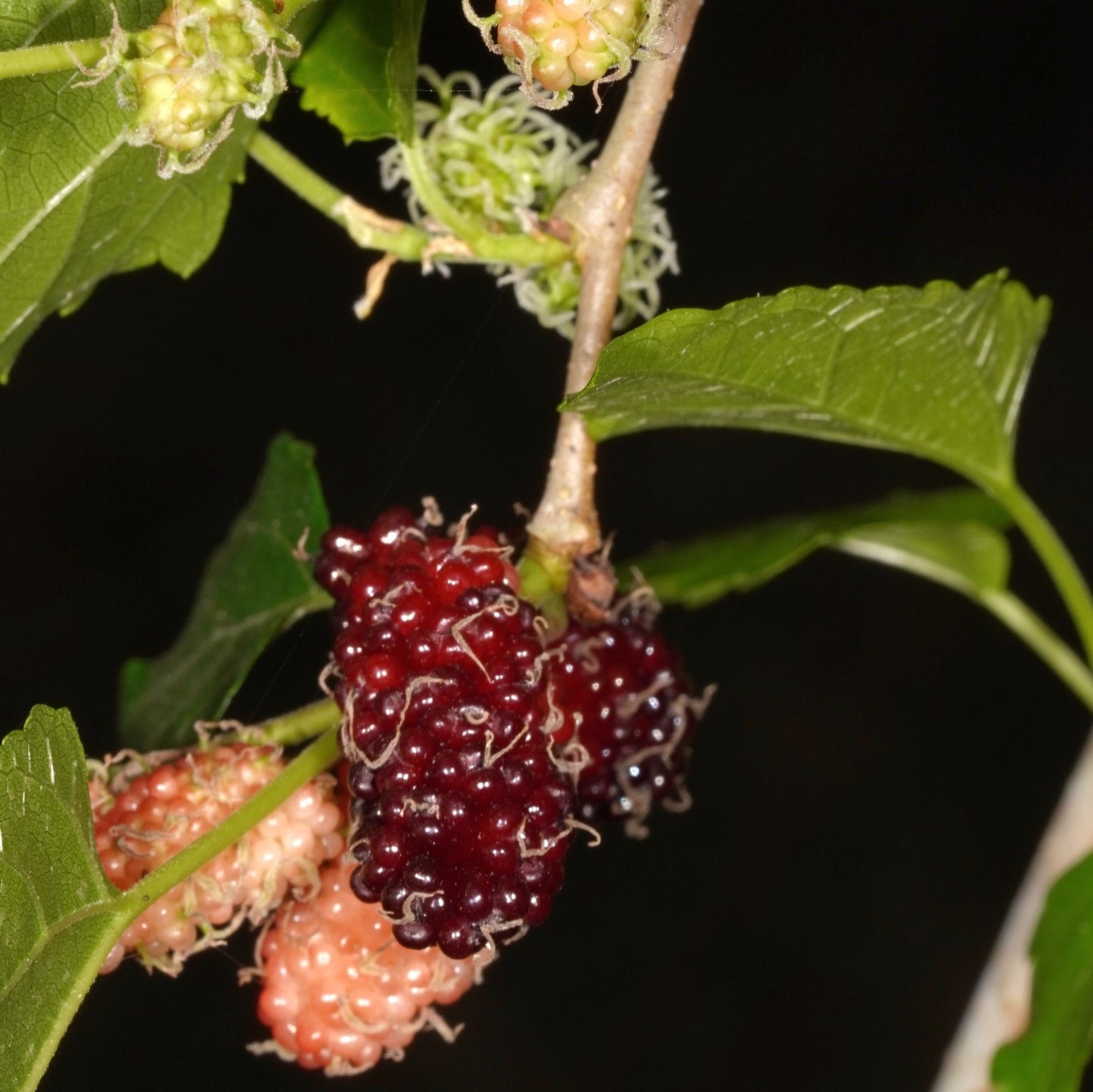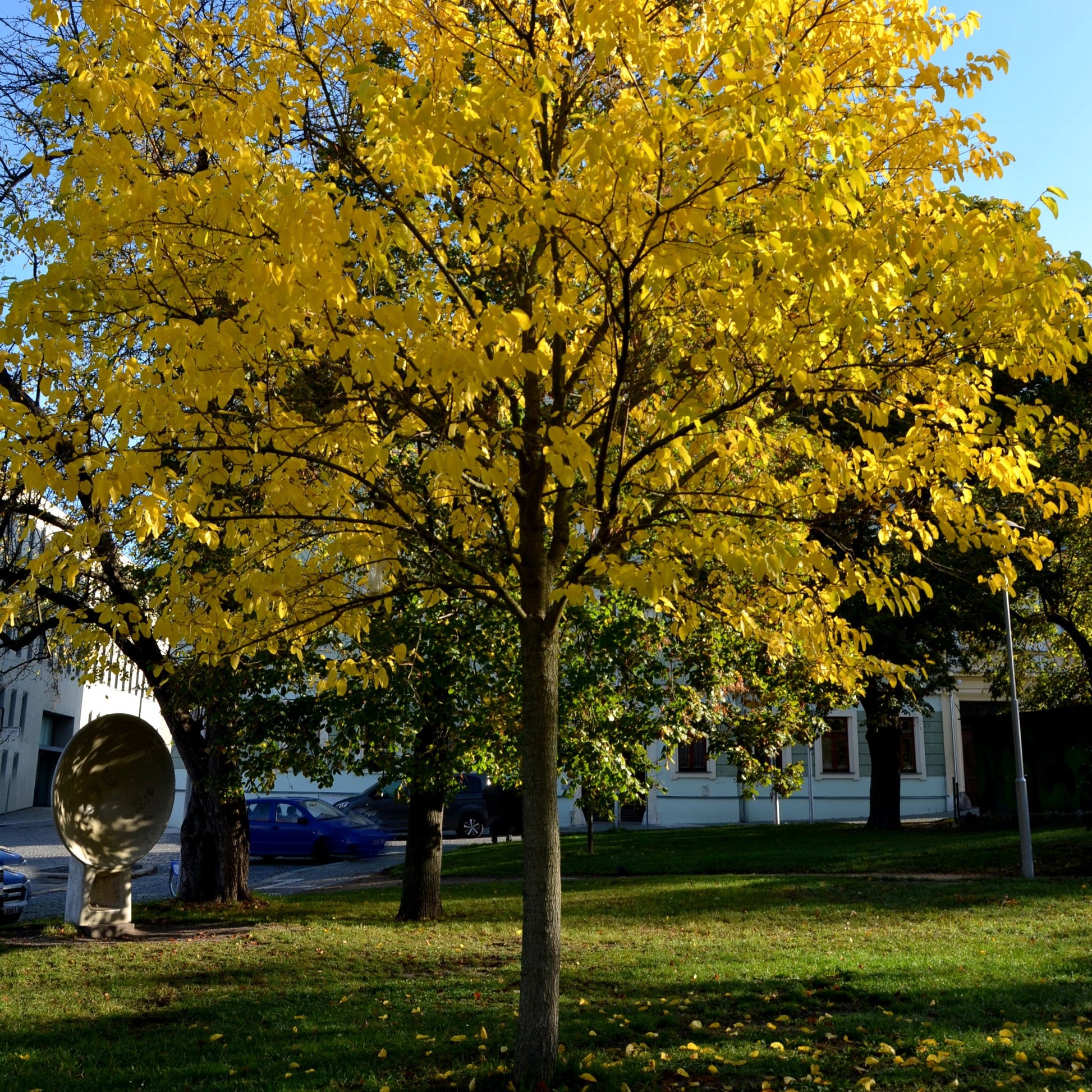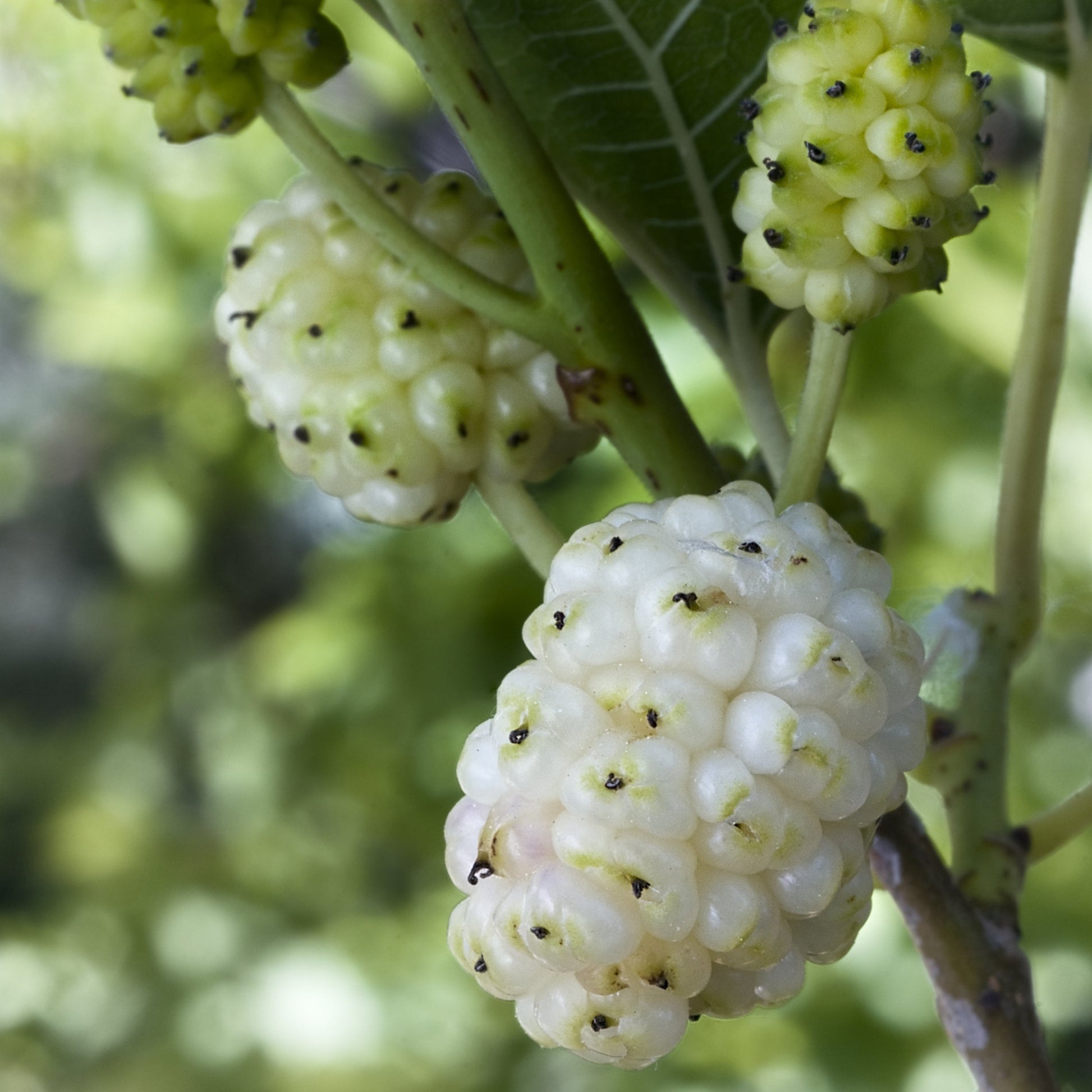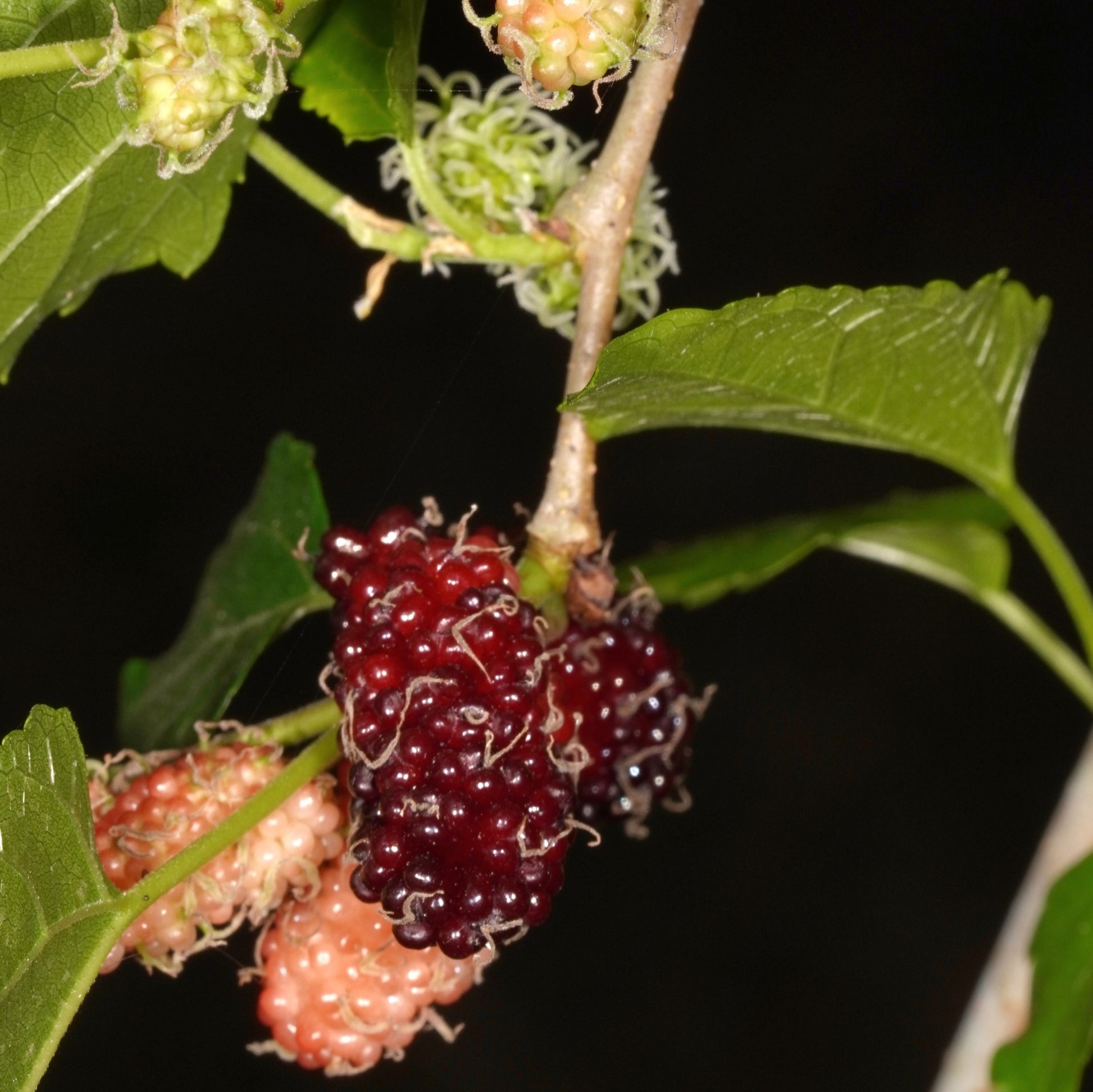Limited Quantities - Reserve Now For Fall
White Mulberry Tree
White Mulberry Tree
Couldn't load pickup availability
Morus Alba
White Mulberry Tree
The White Mulberry Tree (Morus alba) is a fast-growing, fruit-bearing shade tree known for its sweet, edible berries, adaptability, and resilience. Originally introduced from Asia, it has naturalized across much of North America and is beloved for its high wildlife value, drought tolerance, and multi-season appeal.
Ideal for food forests, livestock fodder systems, and fast shade solutions, White Mulberry is one of the few trees that offers abundant fruit, fast canopy coverage, and excellent soil resilience in a single planting.
White Mulberry Tree Overview
| Attribute | Details |
|---|---|
| 🌿 Botanical Name | Morus alba |
| 🏷️ Common Names | White Mulberry, Silkworm Mulberry |
| 🌳 Mature Height | 30–50 feet |
| 🌐 Mature Width | 25–35 feet |
| 📈 Growth Rate | Fast (3–5 feet per year) |
| ⏳ Lifespan | 50–100 years |
| 🧊 USDA Zones | 4–9 |
| ☀️ Sun Preference | Full sun to partial shade (best fruiting in full sun) |
| 🧱 Soil Type | Well-drained loam, clay, or sandy soils |
| ⚖️ Soil pH | Tolerant of a wide range (5.5–8.0) |
| 💧 Water Needs | Low to moderate; drought-tolerant once established |
| 🍇 Fruit Type | Small, sweet white to pink or purple berries (edible) |
| 🌸 Flower Color | Greenish-white; inconspicuous |
| 🐝 Pollination | Self-pollinating; wind and insect-assisted |
| 🌿 Growth Habit | Broad, spreading canopy with strong central trunk |
| ↔️ Spacing | 20–30 ft apart for orchard or shade purposes |
| 🏡 Landscape Uses | Edible landscapes, fast shade, food forests, windbreaks |
| 🧹 Maintenance Level | Low |
Environmental Benefits
🌞 Provides quick shade and cooling benefits in open landscapes
🍇 Produces fruit for birds, wildlife, and human harvest
🌱 Grows well in poor soils and urban conditions
🌿 Can be used for erosion control, livestock fodder, or silvopasture systems
Pros & Cons
| ✅ Pros | ⚠️ Cons |
|---|---|
| 🍇 High-yielding edible fruit tree with fast growth | 🍓 Fallen fruit may stain sidewalks or patios if not harvested |
| 🌿 Exceptionally drought- and soil-tolerant | ✂️ Requires pruning to maintain shape and manage size |
| 🐝 Self-pollinating and low-maintenance | 🐦 Fruit attracts birds, which may reduce personal harvest |
| 🌳 Provides shade and forage in silvopasture systems | 🌱 Can become weedy in unmanaged or sensitive ecosystems |
| 🧬 Long-lived and highly adaptable species | 🪵 May not be ideal for tightly controlled formal landscapes |
Planting & Care Guide
🛁 Water deeply before planting and maintain moisture through the first season
🕳️ Dig a hole twice the width of the root ball; plant at the same depth as nursery level
🌾 Apply mulch 2–3 inches deep to conserve moisture and suppress weeds
💦 Water weekly until established; reduce once roots are deep and strong
✂️ Prune annually in winter to control shape and promote air circulation
🧪 Fertilize lightly in spring if growth appears weak; generally thrives without added inputs
The White Mulberry Tree is a fast-growing, fruit-producing powerhouse that offers shade, soil resilience, and seasonal bounty for people, pollinators, and wildlife. Whether you're building a permaculture orchard, supporting livestock, or planting for production, this hardy species delivers big benefits with very little fuss.
Share
